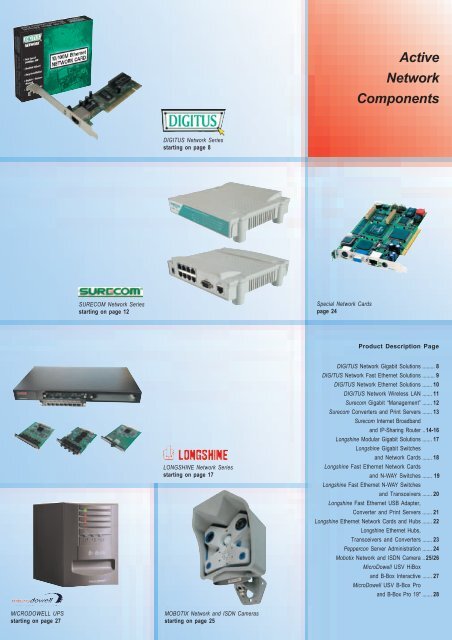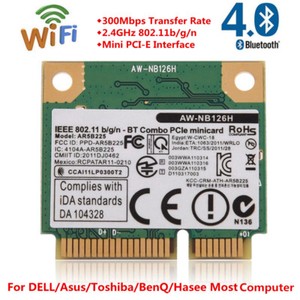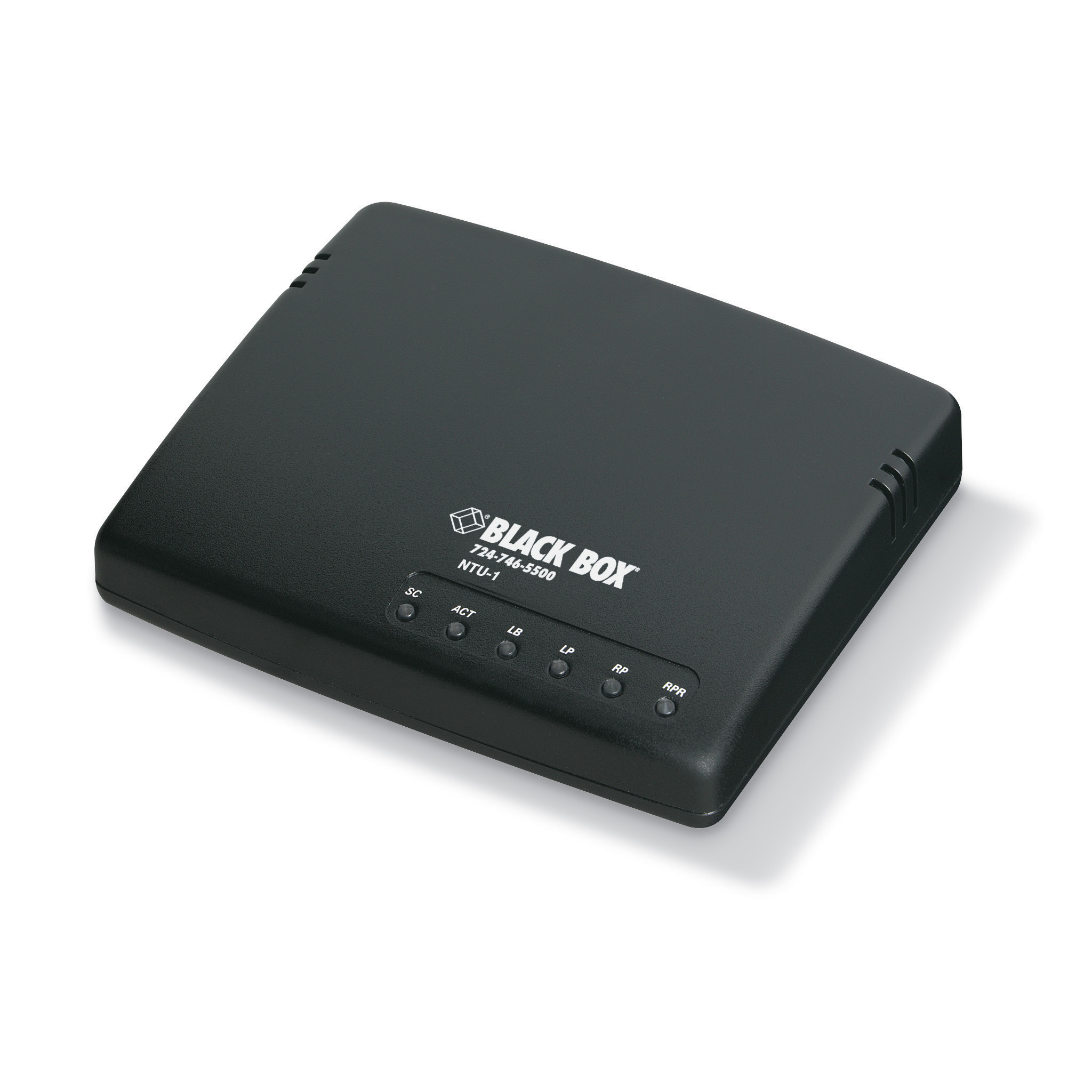3.6 Integrated Services Digital Network. The Integrated Services Digital Network (ISDN) is the first public digital network. It was designed to support a large variety of date types including data, voice, and video. It is based on circuit-switched synchronous communication. ISDN uses B channels for basic traffic and D channels for return signaling. “Integrated Services Digital Network (ISDN) is a set of communication standards for simultaneous digital transmission of voice, video, data, and other network services over the traditional circuits of the public switched telephone network” - Source Put simply your standard telephone line is used to send voice and data over the same line.
Businesses have just over 5 years left to look for an alternative solution to their telephony and internet needs. Fortunately there are a range of affordable solutions available.
We look at the old technology that will be switched off, the reasons for the switch, what alternatives are available and how they can benefit your business. Read more.
What is a PSTN line?
ISDN (Integrated Services Digital Network) Basic Rate Interface (BRI) is a digital communications technology that transmits data and feature-rich voice and quality video over a standard telephone line. The Integrated Services Digital Network (ISDN) is a system of digital telephone connections that enables data to be transmitted simultaneously end to end. This technology has been available for more than a decade and is designed to enable faster, clearer communications for small offices and home users. ISDN is a circuit -switched telephone network system, that also provides access to packet switched networks, designed to allow digital transmission of voice and data over ordinary telephone copper wires, resulting in better voice quality than an analog phone.
“The public switched telephone network (PSTN) is the aggregate of the world's circuit-switched telephone networks that are operated by national, regional, or local telephony operators, providing infrastructure and services for public telecommunication” - Source
Analogue voice data is sent over a circuit-switched phone line made up of copper wires which is owned and operated by your phone provider.
What is an ISDN line?
“Integrated Services Digital Network (ISDN) is a set of communication standards for simultaneous digital transmission of voice, video, data, and other network services over the traditional circuits of the public switched telephone network” - Source
Put simply your standard telephone line is used to send voice and data over the same line. Therefore you can make phone calls on a home telephone and plug your broadband router in to access the internet using the same port.
Why is BT switching to IP?
BT introduced ISDN lines nationwide in 1986, and since then connectivity has advanced greatly. The investment and nationwide roll out ofsuperfast internet and Ethernet products provides a viable alternative.
In fact, BT have not installed any new ISDN lines in central London since 2014 which goes to show that many businesses have already moved on. But switching over 3 million active ISDN users is no small task - hence why they have given businesses so much notice.
What are the alternatives to ISDN lines?
The recent investment in the UK communications network has made the new fibre infrastructure widely available and affordable to small businesses. This means IP based solutions such as VoIP and SIP are the top alternatives for businesses.
What is SIP?
SIP (Session initiation protocol) provides you with a phone line which is carried over your fibre internet connection removing the need for an ISDN phone line. SIP lines used to have reliability problems due to inadequate underlying broadband connections. These issues have now been fixed due to connectivity improvements and Service Level Agreements now offered by providers.
What is VoIP?
VoIP is a cloud based telephony solution which moves your whole phone system online, so all your calls are sent over your internet connection. This digital cloud based phone system offers a wide range of additional features such as call recording, receiving voicemails via email, call queuing and unified communications – being able to access the system on multiple devices such as a mobile, tablet and desktop.
Top 5 Benefits of SIP and VoIP
- Huge savings – Up to a 78% reduction in costs compared to ISDN due to cheaper calls and no more expensive line rental.
- Greater flexibility – Move anywhere in the UK and simply plug back into the network with no need to change numbers.
- Faster installation – No more waiting for an engineer to install physical lines means you get connected faster.
- Higher resiliency – Multiple fibre lines can be installed providing an automatic backup and failover so you’re always connected.
- Advanced features – Increased control, integration and analytics offers a huge range of new and advanced features.
Switch today
To find out more about switching to VoIP or SIP and the benefits it can bring speak to one of our team on 0345 004 4040 or contact us.
Related posts:
| Application | |
| Presentation | |
| Session | |
| Transport | |
| Network | ISDN |
| Data Link | LAPD |
| Physical | 2B1Q |
The Integrated Services Digital Network was the first telecommunications service designed specifically for digitaldata communication. ISDN was designed to run over standard voice digital telephone systems already in place. Consequently ISDN conforms to specifications found in the telecom's digital voice network. However, it took so long for ISDN to be standardized that it was never fully deployed in the telecommunications networks it was intended for.


ISDN Channel Types
ISDN uses two bearer channels and one data channel.
- Bearer Channels
- The first channel type is a 'bearer' channel or 'B' channel. These are the channels that carry the end-user's actual data. Bearer channels are always 64kbps in the US, and 56kbps elsewhere.
- Data Channels
- To confuse things, the telcos called the second channel type the 'data' channel or 'D' channel. This channel contains the data THEY consider important such as signalling errors, framing and various control and managment signals. The D channel's speed is 16 kbps for a BRI, and 64 kbps for a PRI.
ISDN Service Types
ISDN provides two types of service, Primary Rate Interface (PRI) and Basic Rate Interface (BRI). These speed and number of channels for these two types of service vary depending upon whether you are in the United States or are elsewhere.
- Primary Rate Interface
- In the US, a PRI consists of 23, 64kbps 'B' channels and one 64kbps 'D' channel for a total of 1.544 Mbps. Elsewhere in the world a PRI consists of 30 'B' channels running at 56kbps and one 'D' channel also running at 64kbps. The reason for this difference is that overseas systems use a 7-bit word (7 bits x 8000 sample rate = 56,000 bps) and no echo cancellation. The US uses an 8-bit word (8 bits x 8,000 sample/second rate = 64,000 bps) with echo cancellation in the voice network.
- Basic Rate Interface
- BRI's consist of two bearer channels and one data channel. The Bearer channels are either (US) 64 or 56 kbps (elsewhere) and the data channel is 16 kbps, providing up to 144 kbps of data transmitted and 128 kbps of usable user data.
Digital Calling Services
Isdn Network & Wireless Cards Drivers
Calling Line ID
Called Number
Automatic Number Identification
Wiring & Connectors
Primary and basic rate ISDN both use .25 guage copper twisted-pair telephone wire; however, cable TV companies and other organizations have used this protocol as well over coaxial cable. The only difference between PRI and BRI is that time-division multiplexing is used to combine several BRI's into a PRI making the PRI a trunk.
Several Terms used by telecommunications companies and the ITU are used to describe he device, interface and connection points.
ISDN Equipment - Grouped by Function
- Terminal Equipment 1 (TE1)
- This is any device that understands ISDN signalling standards.
- Terminal Equipment 2 (TE2)
- This is any device that does NOT understand the ISDN signalling standard.
- Network Terminator Type 1 (NT1)
- When you connect a TE1 device to the ISDN network, you use an NT1. An NT1 will connect any 2-wire TE1 device to the ISDN network.
- Network Terminator Type 2 (NT2)
- Devices using 4 wire cables must use an NT2 to convert the 4 wire connector to a 2 wire connector that can be physically connected to the ISDN network through an NT1.
- Terminal Adaptor (TA)
- A terminal adaptor allows a non ISDN device (a device that is a TE2) to communicate with the ISDN network via an NT1. This is typically needed where the device uses a non-polar electrical signalling system. ISDN's electrical signalling is bipolar, thus a converter is needed.
- Local Termination (LT)
- This is an NT1 at the ISP's side of the connection.
- Exchange Termination (ET)
- This is the connection between the customer's last mile (local loop) connection and the service provider's ISDN network. Usually, this is the line card in the ISDN switch at the provider's local exchange office.
ISDN Reference Points
- R
- This is the connection reference point designating the connection interface between an ISDN Terminal Adaptor and a non-ISDN device. There really aren't any standards for this reference point as this reference point was designated for devices that allow non-ISDN devices to communicate with the ISDN devices. Clearly there are many proprietary ways to do this, none of which are part of any standard.
- S/T
- This is the connection reference point designating the connection interface between an ISDN capable device and a Network Terminator 1. Reference point 'S' is for user terminals that connect to the ISDN network. Reference point 'T' defines connections between NT1 and NT2 devices. An S/T reference point combines the functions of the S and the T reference points. S/T is governed by the ITU I.430 specification.
- U
- This is the connection reference point designating the connection interface between an ISDN NT1 and the ISDN services presented by the ISDN switch.
- V
- This is the connection reference point between the line termination equipment and the exchange termination equipment.
SIGNALLING
The signalling scheme used on ISDN is called '2 Binary, 1 Quaternary' or 2B1Q. This signalling scheme allows twice as many bits to be transmitted in the same time-slice as a normal digital voice line. This is achived by allowing a wider range of voltage states than is used on an ordinary voice line. Link Access Protocol D-channel or LAPD protocol (aka CCITT Q.920/921) runs on top of 2B1Q and provides much of ISDN's 'intelligence' for the reliable transfer of data. LAPD runs in Asynchronous Balanced Mode (ABM) so that both ends of the connection can perform call setup and teardown, bearer channel supervision, error recovery and data transmission. LAPD is also necessary to run ISDN over Frame Relay.
LAPD
T1 based PRI uses B8ZS for encoding, ESF for bit framing with digital signalling 2B1Q as the initial input sample data. This differs from voice lines, which use PCM encoded data.

E1 based PRI uses HDB3 (high density bipolar order 3); CRC 4 for framing
Link Access Procedure, Data (LAPD)
Link Access Procedure, Data or LAPD is the protocol used to transfer data on an ISDN circuit. LAPD is used on the D channel of ISDN PRI or BRI interfaces.
flag, address, control, information, CRC, flag
- Flag
- Binary value 01111110 - signals the start of the frame.
- Address
- service access point identifier (SAPI); command-response;Address extension0; Terminal Endpoint Identifer
- Control
- Signals call control values (11 of them)
- Information
- This is the payload of the LAPD frame, but contains Q.931 data; information field, Protocol discriminator, Length of call reference value, Call reference value; message type, mandatory and optional information elements
- CRC check
- This is a check of the data using CRC checking to allow for error correction and recovery of data upon receipt.
- Flag
- 011111110 - signals the end of the frame.
ISDN Related Standards
ITU Standards
ITU Q.921
ITU Q.931
SPID - Service Profile Identifer - composed of: Prefix, directory number, suffix. A SPID is sometimes required in order to use ISDN with certain service providers. This is based on the type of ISDN switch used.
Call Setup
- SETUP
- CALL PROCEEDING
- ALERTING
- CONNECT
- CONNECT ACK
Call Teardown
- DISCONNECT
- RELEASE
- RELEASE COMPLETE